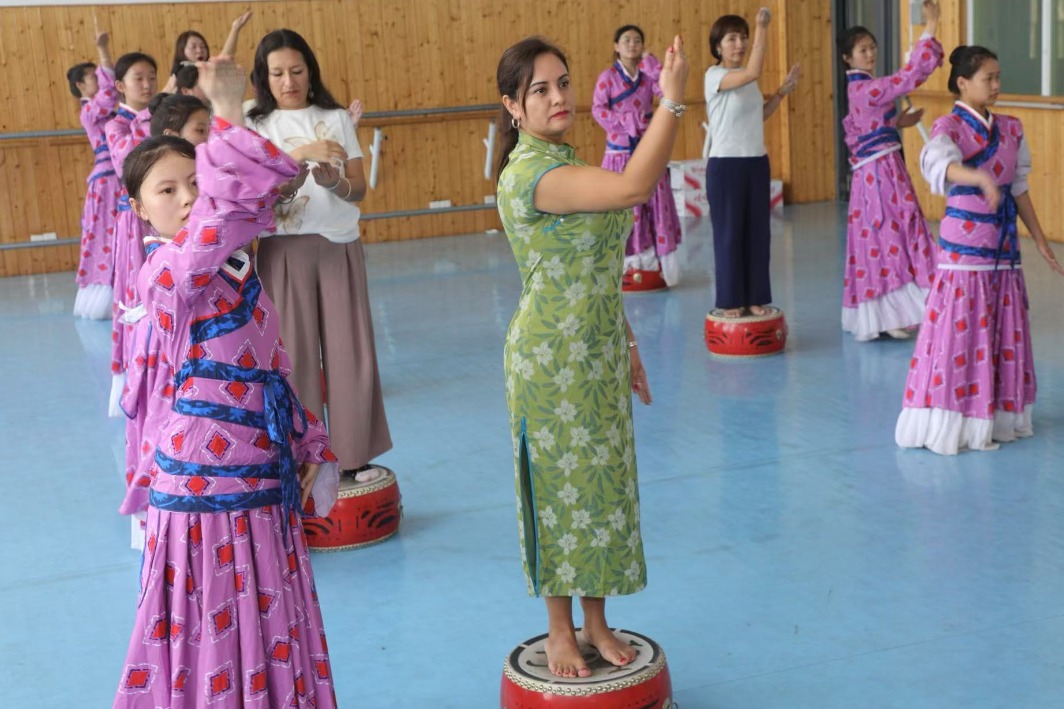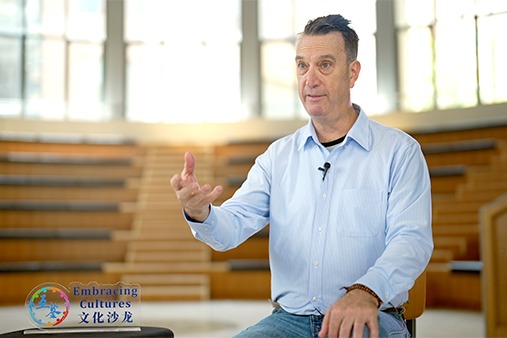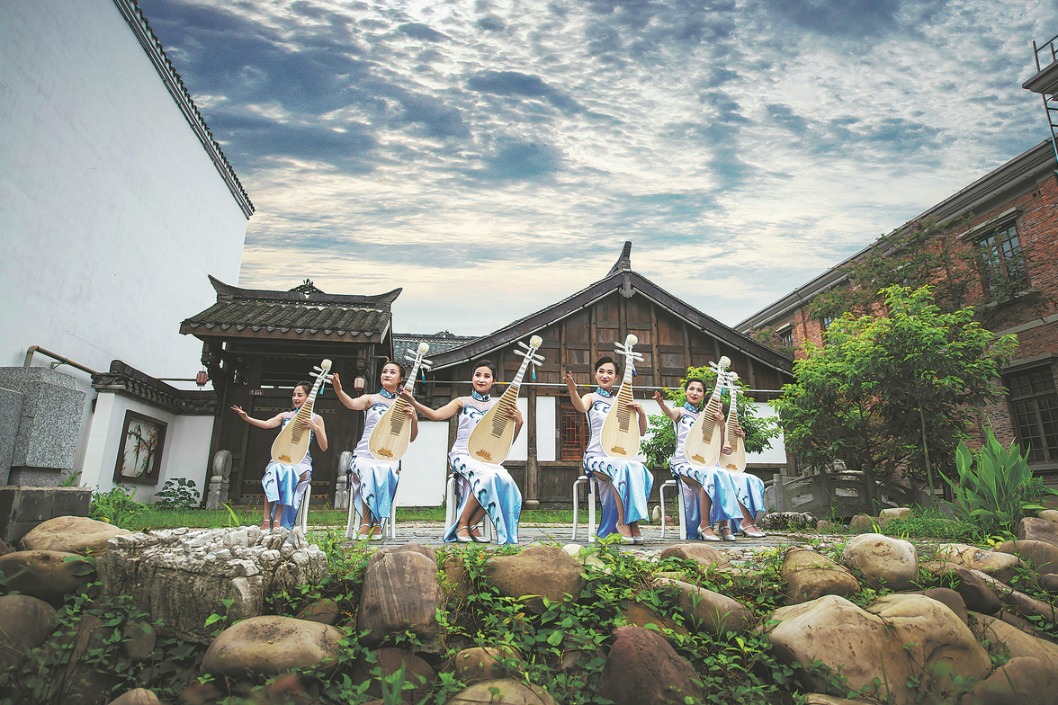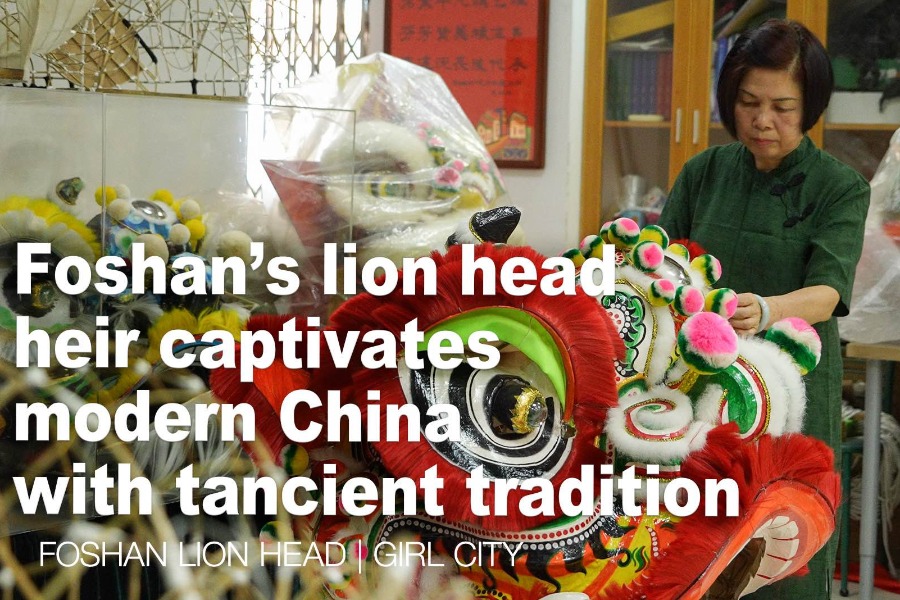Chinese cultural relic restorers work to protect national treasures

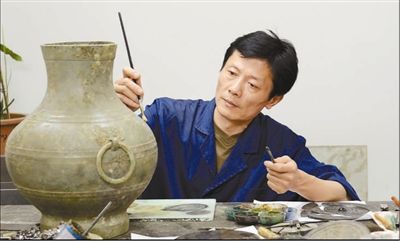
Chinese cultural relic restorers have been dedicated to protecting national treasures, with the purpose of not only prolonging the life of cultural relics, but also being in dialogue with history.
"Sometimes I feel like a doctor, but the patients are ancient textile relics," said Wang Shujuan, deputy director of the technical department and head of the restoration division of the China National Silk Museum.
"Just like making a diagnosis before treatment, the analysis and research before the restoration of cultural relics is essential," Wang Shujuan said, adding that the restoration plan has to be customized for each relic.
The protection of cultural relics mainly consists of two parts, the daily maintenance and protection of the site itself, said Chen Siyu, a cultural relic protector at the Archaeological Site Museum of Nanyue Palace in Guangzhou city, South China's Guangdong province.
Chen Siyu added that daily maintenance is like "helping preserve" cultural relics, and the protection of the site itself is similar to "curing a disease". In addition to data collection, the daily work of the staff also includes cleaning and replenishing water, dust prevention and mildew removal, microbial and desalination treatment.
When tourists leave after the museum closes, Chen Siyu will put on a mask, pick up a medicine bottle, and begin to "provide treatment" with fungicides, antifungal agents, algicides and other drugs to remove diseases from the site and maintain overall "health."
"As a cultural relic restorer, my duty is to try my best to let more people see the original appearance of cultural relics and feel the long history and culture of our country. This is the biggest motivation for me to try my best," said Jin Peng, a staff member from the science and technology protection center of cultural relics in Anhui Museum, located in East China.
Jin Peng also works hard to train talents. As a tutor, he participated in three national training courses on bronze restoration held by the National Cultural Heritage Administration, and also taught graduate students majoring in cultural relics and museology at the University of Science and Technology of China.
"Although the power of individuals is small, I hope that through my own actions, more people will understand and fall in love with cultural relic restoration," Jin Peng said.























